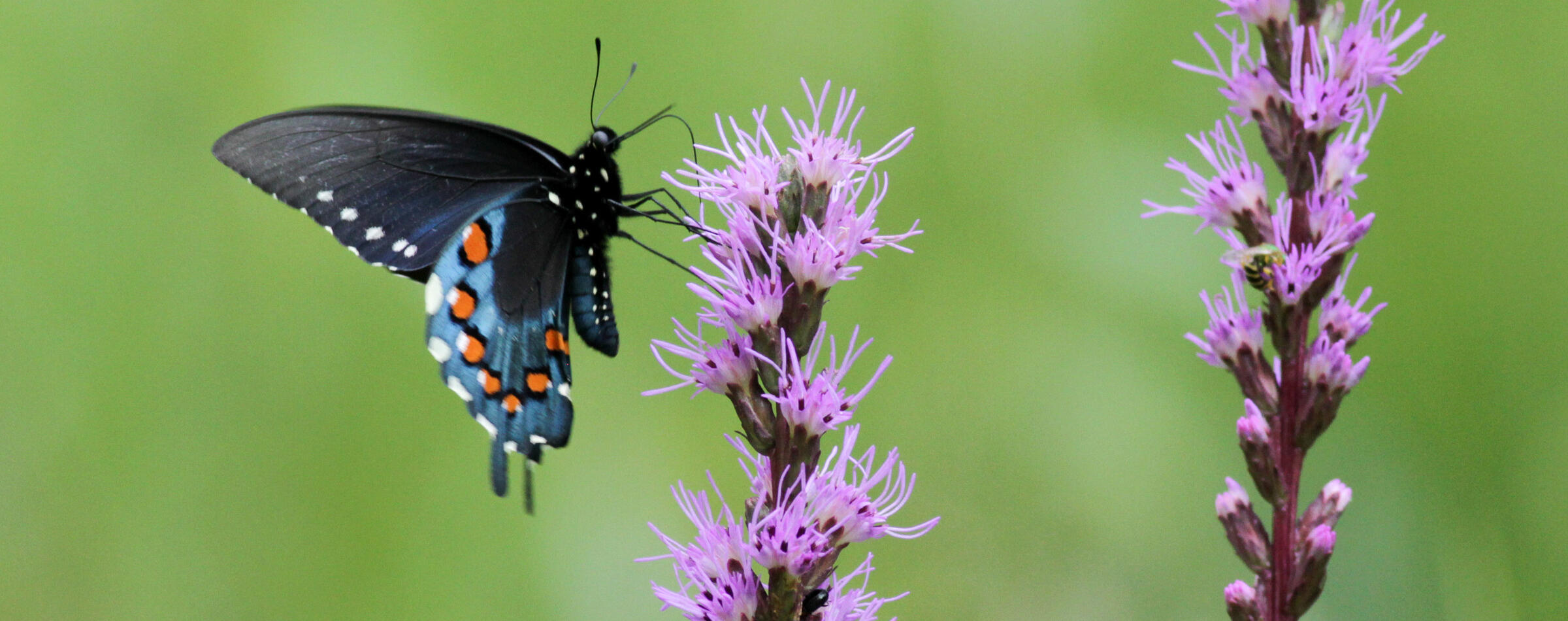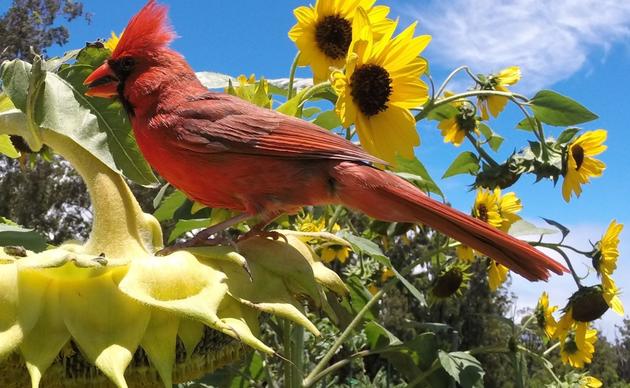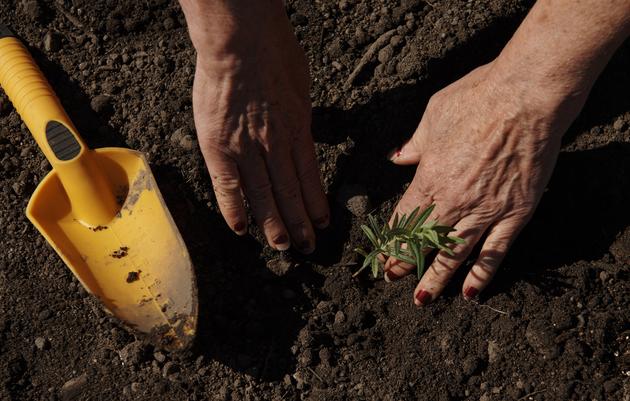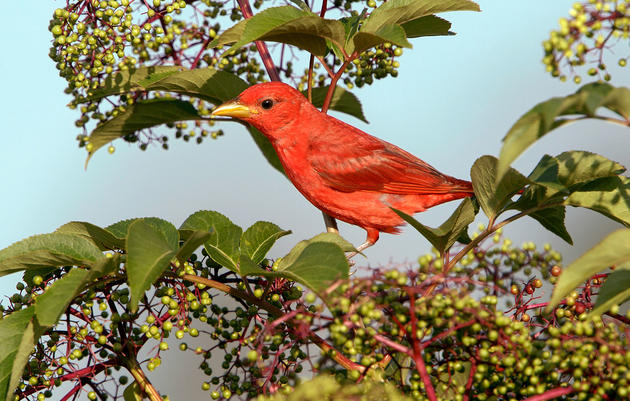Like us, birds need food, water, and shelter. By choosing locally native plants, you can transform any outdoor space into a bird sanctuary that also saves resources such as water and combats climate change. Use the steps below to create and maintain a bird-friendly habitat that brings colorful birds, sweet melodies, vibrant colors, and more of nature's gifts close.
Select a site that's practical to convert into a garden and allow room to expand. Things to consider:
- Do you have full sun? Partial sun? Shade? Is the soil rocky, loamy, sandy, clay, or gravel? Does it drain well? Is your site flat or hilly? Near water? What's the elevation?
- Plants are sensitive to their environments. Learn what's optimal from your local native plant society.
Plant in the spring or fall months and on cooler days.
- Follow planting instructions carefully and get tips on mulching around plants. Water only as needed when young plants are adapting to their new habitat.
Prepare your garden well to save headaches later.
- You may need to dig up lawn, remove pesky invasive plants, and add organic compost to the soil.
- An easy method is to lay down newspaper at least six sheets deep, with plenty of overlap; wet it down; cover it with 4 to 6 inches of mulch, and let it sit until you are ready to plant.
- Use deep edging to keep out lawn grass.
Plan for a variety of shapes, sizes, and kinds of plants to give vertical structure to your garden.
- Cluster the same plant species together.
- Design for color palettes and seasonal blooms.
- Add habitat features like hollowed boulders that catch rainwater for birds to drink and bathe in.
Steward your native plant garden with tender loving care.
- Pull up noxious and invasive weeds.
- Enhance with brush piles that hide birds and shelter other wildlife too.
- Leave dead trees and branches.
- Add ornamental structures that provide safe areas for birds to rest for a bit.
Focus on plants for birds that support a wide variety and quantity of food.
- Red tubular flowers—Columbine, Jewelweed, and Bee Balm—serve up nectar for hummingbirds.
- Native Sunflowers, Asters, and Coneflowers produce seeds for songbirds.
- Bushes with berries ripen at different times, so include a seasonal variety
- Dogwood, Spicebush, Cedar, and Holly trees provide birds with sustenance all year-through.
An Inside Look: Native Plants and Pollinators
Related
Spruce Up the Garden—and Attract and Protect Birds with Native Plants
You can turn your yard, patio, or balcony into a haven for birds and other pollinators by choosing native plants!
Beginner's Guide to Native Plants for Birds
Live in New York and want to attract birds, bees, and other pollinators to your home or community? Start here.
Grow These Native Plants So Your Backyard Birds Can Feast
Native plants beat even the best bird feeder. Here’s what to put in your garden to transform it into a year-round wonderland.
Donate to Audubon
Help secure the future for birds at risk from climate change, habitat loss and other threats. Your support will power our science, education, advocacy and on-the-ground conservation efforts.








